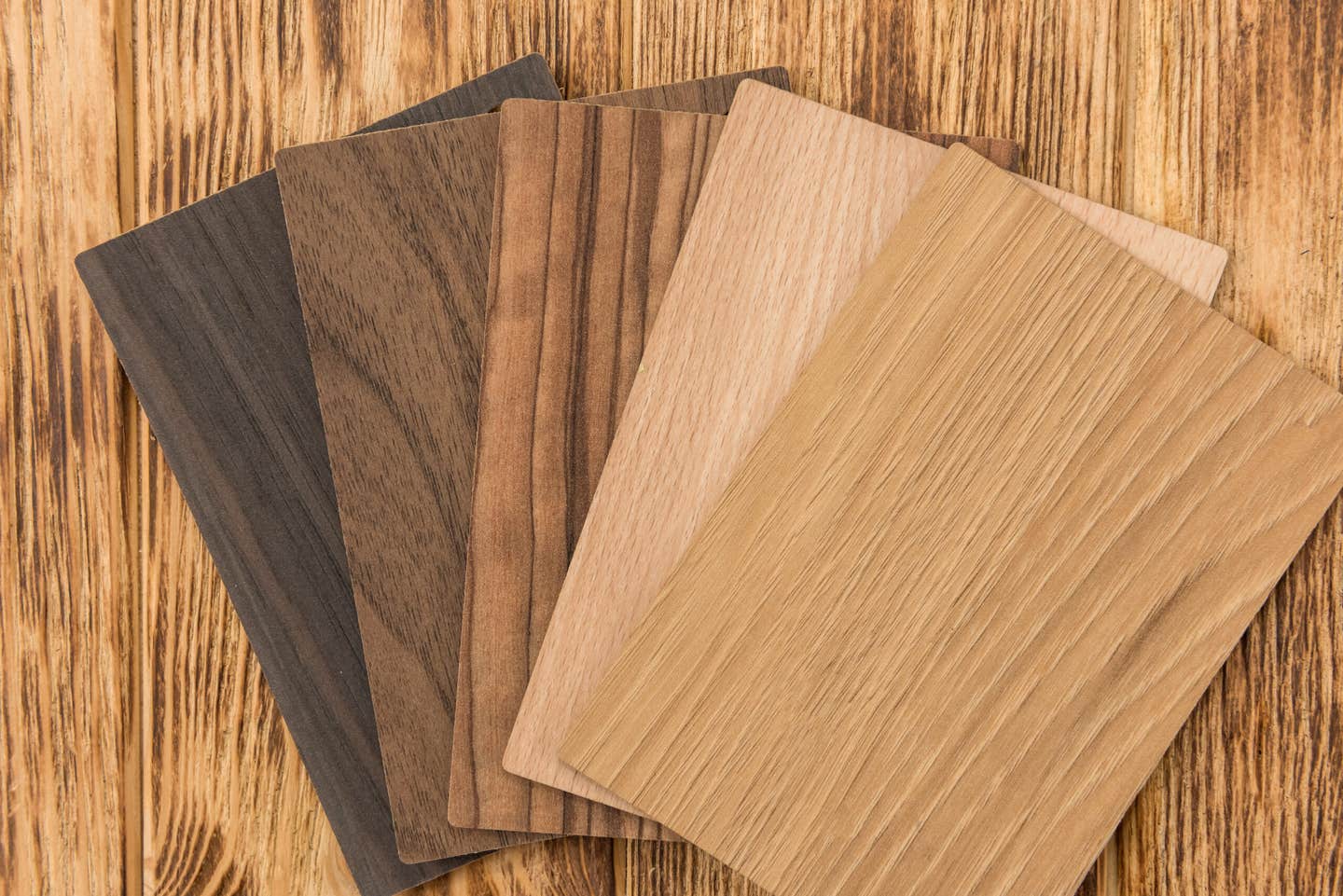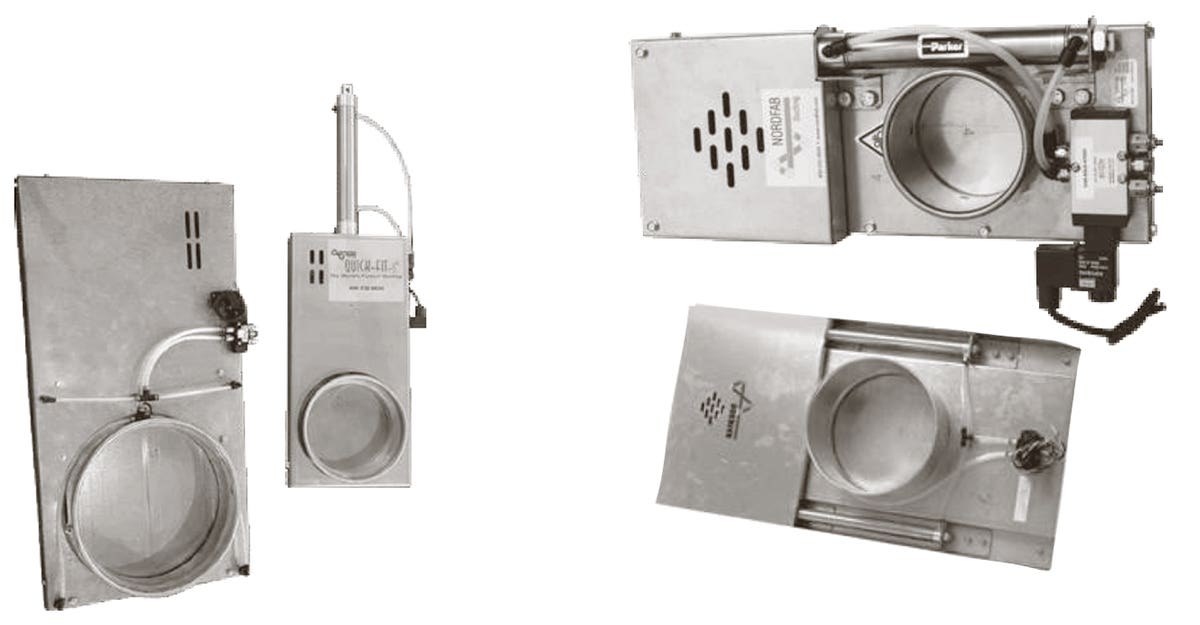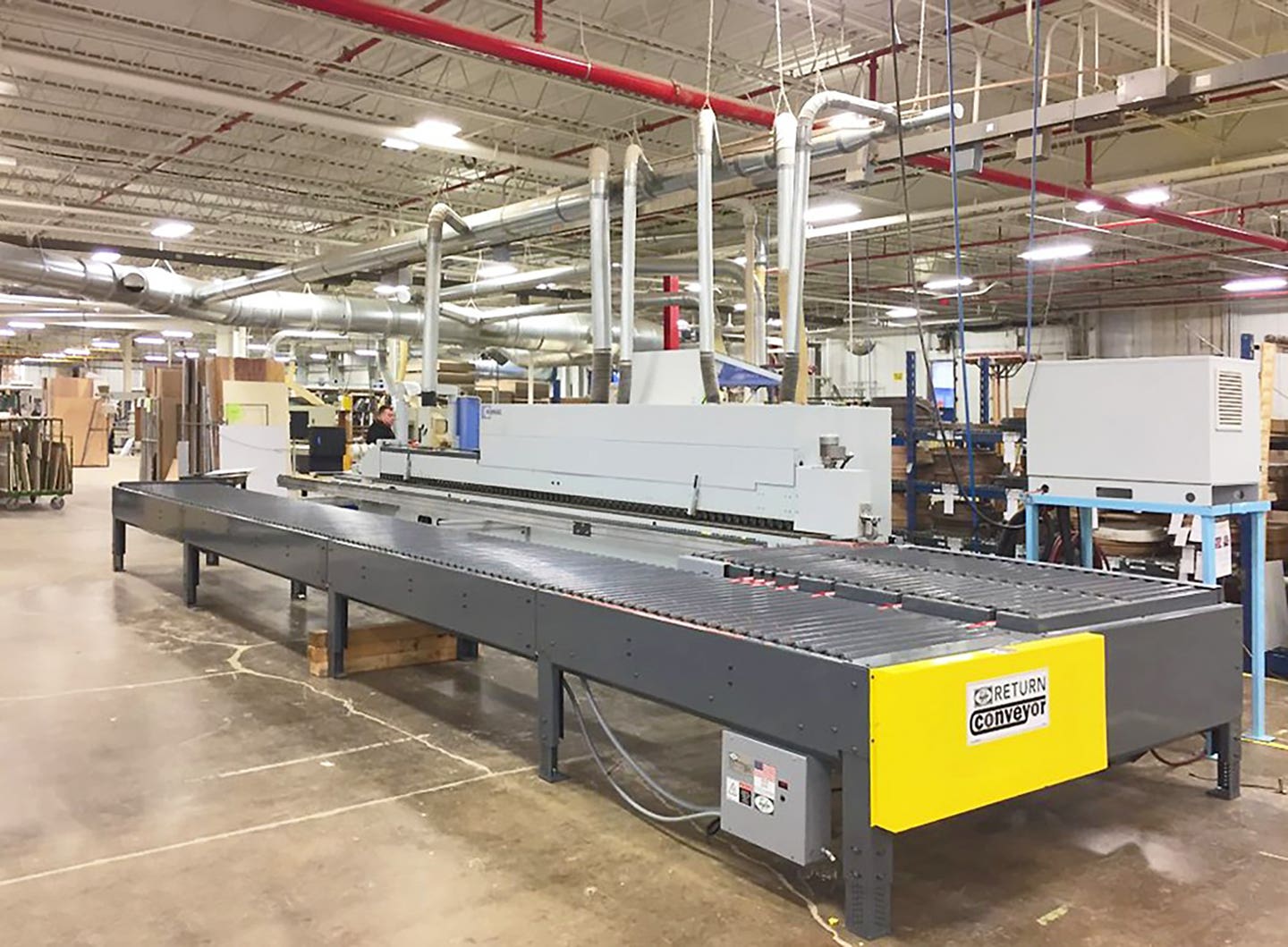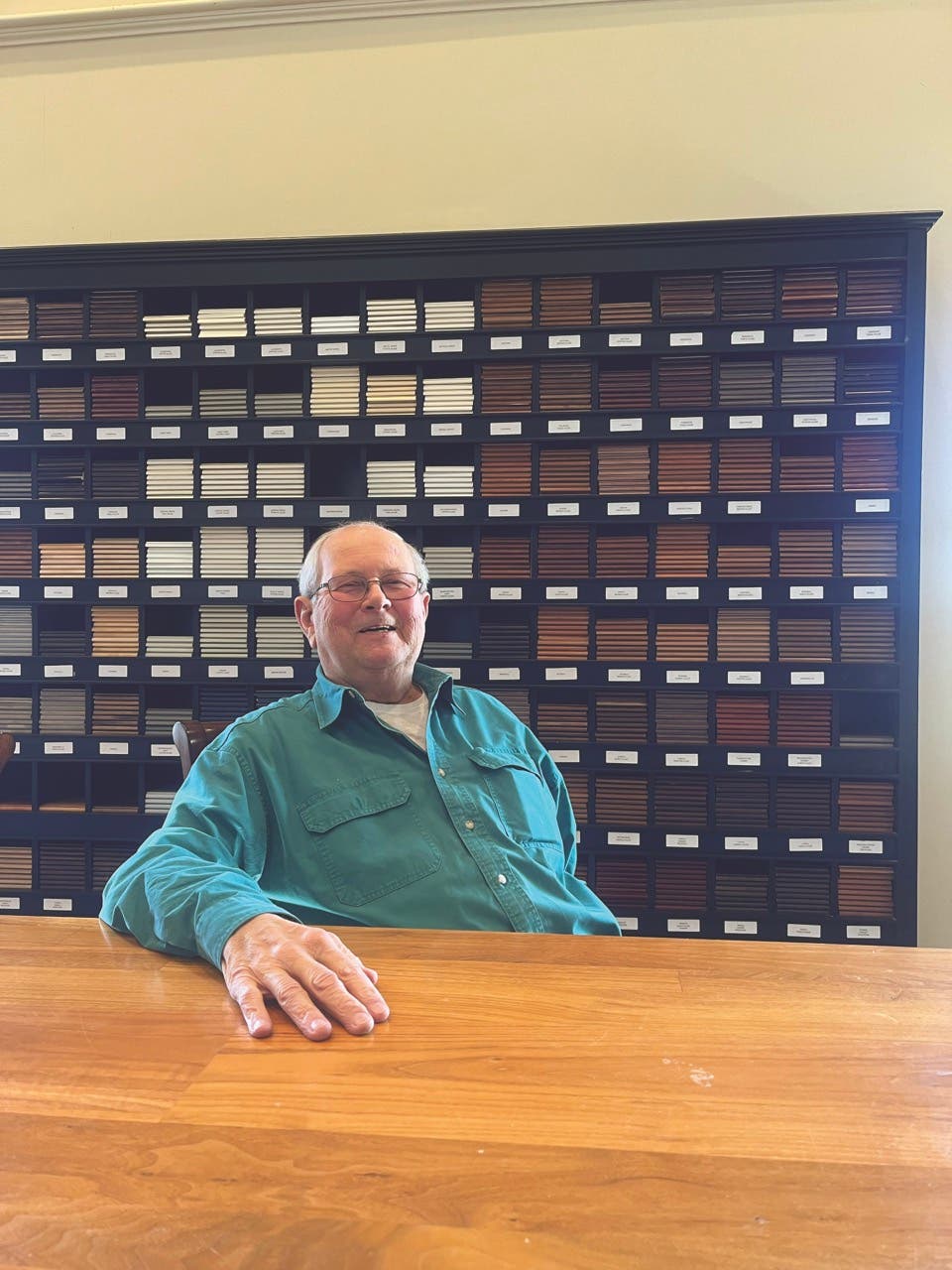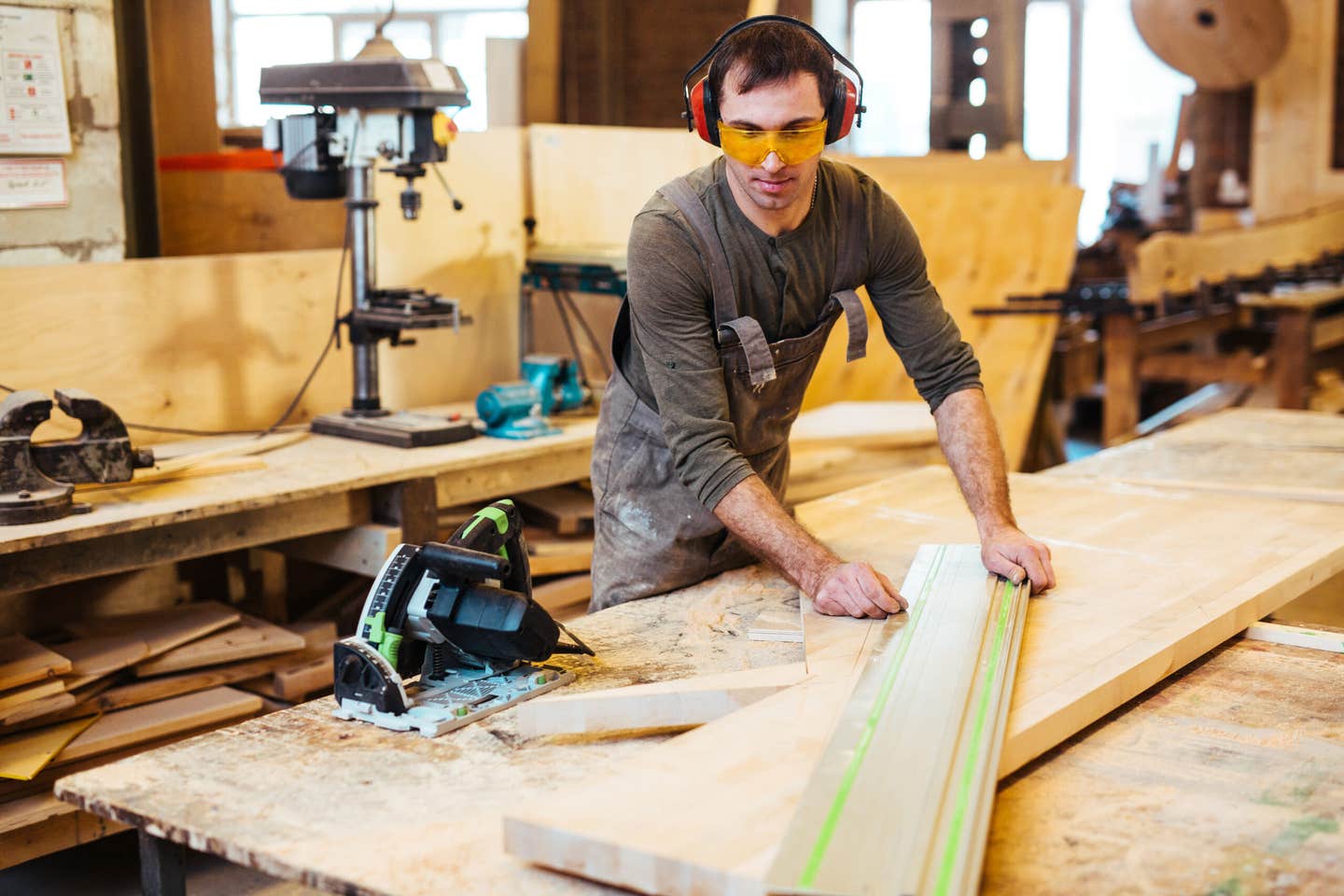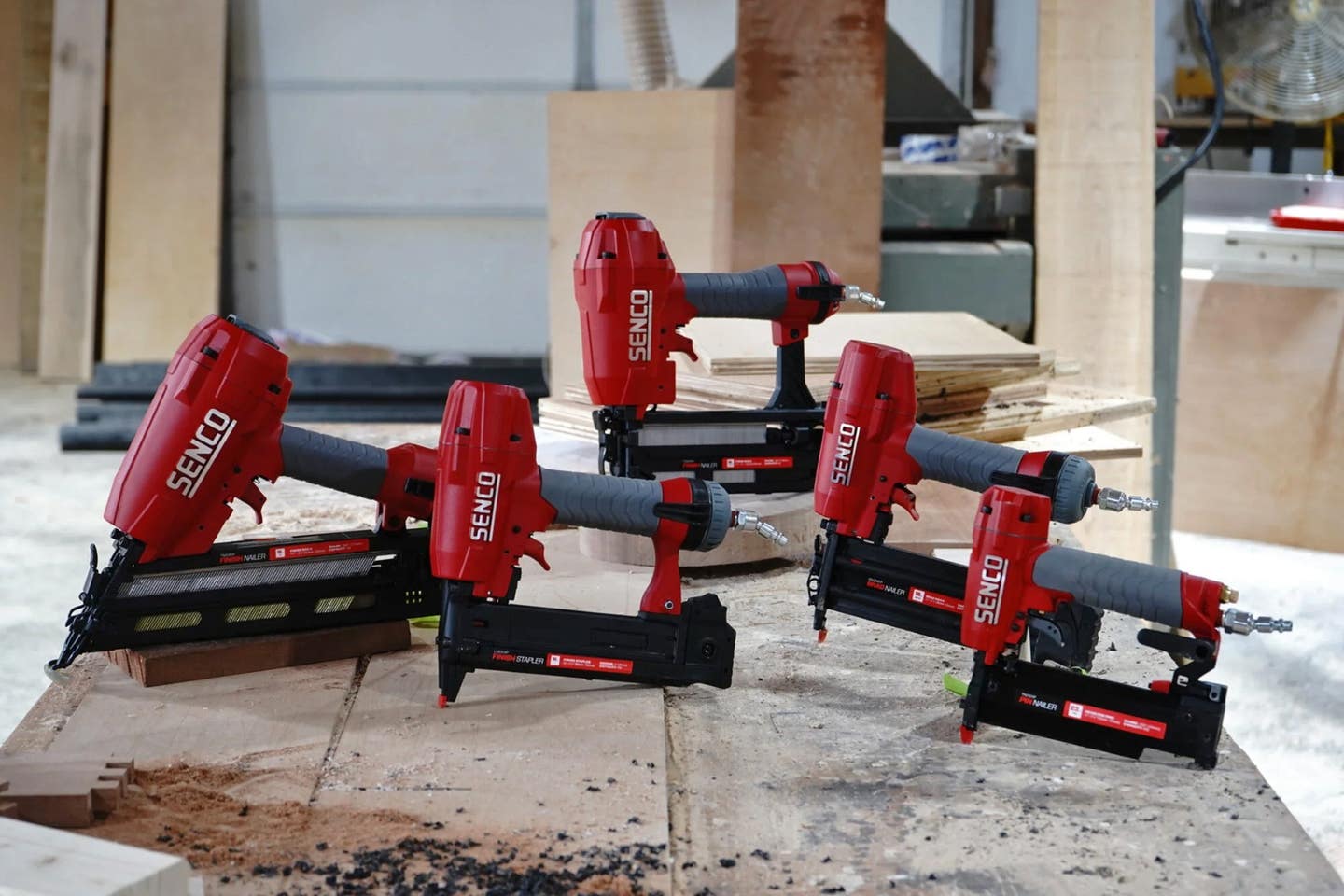Everything and the kitchen sink
Logs, barn boarding and other cast-off or recycled woods are the materials Dan Booterbaugh uses to build his high-end rustic furniture. Booterbaugh, president of North Idaho Log Furniture Co. in…
Logs, barn boarding and other cast-off or recycled woods are the materials Dan Booterbaugh uses to build his high-end rustic furniture. Booterbaugh, president of North Idaho Log Furniture Co. in Coeur d’Alene, Idaho, grew up in Southern California, started building furniture when he was 16 and achieved recognition for his work while he was still in high school.
“My woodshop teacher was Dave Garringer and I won a couple of first-place Rotary awards,” Booterbaugh recalls. “One was for a kitchen island I made for my mom and the other was a canopy bed frame for myself.”
Booterbaugh then went on to work in different positions in a number of wood cabinet shops before being hired by a small lumber yard in El Segundo, Calif., where he was involved in everything from milling to operating a fork lift to driving a truck. During this time, he began his own business on the side, taking on assorted cabinet jobs and building them in his garage.
In 1996, when he was 35, Booterbaugh moved to Coeur d’Alene in northern Idaho with his wife, Kelli, and their two small children. “My neighbor was an older gentleman who built log furniture,” says Booterbaugh. “I went to work for him, peeling logs with a draw knife. We’d go out in the woods and cut our own logs, which I still do to this day. We get our logs whole.”
Booterbaugh and his neighbor formed a partnership. They rented an 800-sq.-ft. shop, with an A-frame sign and furniture displayed streetside. After about six months, the neighbor moved away, the partnership dissolved and Booterbaugh continued on his own. In 1997 he moved to an older house next door, adding a showroom to the shop area. In 1998 he moved again to his present location, with a 1,200-sq.-ft. shop and matching size showroom, and since adding another 1,200 sq. ft. for log storage.
“We build furniture for the living room, dining room, bedrooms, kitchen cabinets, sink vanities, mirrors, lamps, anything and everything for the home,” Booterbaugh says. There are standard designs, but also customized. He sells about 50 percent of both. “We have a number of unique designs,” he adds, “one-of-a-kind pieces such as a roll-out futon, log sleigh bed and beam trestle table.”
Prices might range from a basic queen-sized bed selling for $500 to a customized version up to $3,000. Although the customized pieces might have a higher price tag than standard versions, that’s because the former might be more elaborate. But Booterbaugh doesn’t necessarily upcharge for simple modifications to his basic designs.
Built by hand
Booterbaugh might master his material, but his material has a say in the design. “No tree is the same, so everything we make has a distinctive look, incorporating all of the wood’s knobs and burls,” he says. Booterbaugh works primarily with lodge pole and ponderosa pines, assorted hardwoods and, more recently, barn beams and other reclaimed woods that each provide a distinctive look.
“Everything we make is built by hand,” says Booterbaugh. “We use a lot of hand tools, drill motors with tenon cutters attached. Our biggest machine is a 24-inch Woodmaster planer. A large band saw is a useful tool.”
Booterbaugh sells to upscale home owners and condominiums and has carved out a special market for the many summer homes on the many lakes in the area, as well as the cabins owned or used by skiing enthusiasts. He also does a lot of contractor work for things like long hand rails, stairwells, and fire place and other mantels. “We have a few wholesale accounts around the country and these accounts seem to be picking up,” he adds.
Booterbaugh has sold his furniture in every state except Hawaii, as well as in Canada, Scotland and Japan. The shop builds custom pallets for everything it ships, and generally uses common carrier.
Marketing approach
A key reason Booterbaugh is able to sell his furniture to customers so far from home is his website, which he, Kelli, and others began working on from the start of their present business in 1997. They are now into their third update and continually work to improve the site through clearer photos and stronger content. “The key phrase is ‘log furniture’,” he says. “This puts us up high in the search engines so we have a better chance of being noticed.”
The website also helps with sales closer to home, as does a certain amount of conventional media and telephone directory advertising. “We get a lot of repeat customers and word of mouth is also very good for us,” he adds.
Especially effective in this regard is the showroom in which Booterbaugh tries to display an example of everything he makes. “It’s a fun place to visit for there are two big windows between the showroom and the shop. People like to see the work being built,” he says. “We build what we sell and sell what we build.”
Booterbaugh now makes a comfortable living and has one full-time and two part-time employees. But it was a struggle getting started. “I was working 12 hours a day, seven days a week,” he recalls. He credits Kelli for standing by his side and helping make the venture a success. “Kelli would actually peel the logs,” he recalls. “She was our first log peeler. Our kids helped out. It really was a family business.”
Although Kelli no longer peels logs, she still plays a vital role in the company’s success by handling the office work. “Kelli is helpful in things like paying bills, collecting receivables, advertising and the other things you have to deal with as a small business, things like workers’ compensation. It’s amazing how time-consuming these things can be. Without Kelli’s help I’d be drowning in paperwork and would have to spend too much time out of the shop. And that would not be good, for I’m a hands-on owner and oversee every piece of furniture that comes out of the shop. So Kelli and I represent a good partnership.”
When asked if he’s made any mistakes along the way, Booterbaugh replies, “One of the things you have to learn about log furniture, and what I initially learned the hard way, is you have to thoroughly dry your logs or lumber. Otherwise the joints won’t stay tight and the lumber tends to twist. This is a real challenge in northern Idaho, for with all of the rain and snow and freezing weather, there’s very little real dry time. We have an indoor facility for our logs, use a moisture heater and keep them standing for a year before we use them.”
Riding the rollercoaster
Having both distant customers through his website and those closer to home and his showroom has its advantages, Booterbaugh says. If one segment goes down, the other tends to go up, so there is a balance.
When not spending time with his family, Booterbaugh enjoys fishing and hunting, from waterfowl to big game, as well at skeet and trap shooting at a local range.
The North Idaho Log Furniture Co. was recently on “Manufacturing Monday,” aired on a local ABC station because the company had its manufacturing and retail showroom in the same building. He was granted the national award for Employer Support of the Guard and Reserves, since three of his employees through the years were in the National Guard and/or active duty and were hired back after they served. He had been honored by the Marine Corps League for donations of furniture to various projects. And his sales to Japan were to the U.S. Air Force base in Masawa.
The economy in Idaho has been hit hard by the recession, as in so many other states. It once had a big timber industry, which has suffered, as well as mining, which is still pretty big. There is a lot of agriculture and much of the state, especially Coeur d’Alene, has transitioned into tourist destinations. All segments have been affected adversely to varying degrees.
“The last few years have been a rollercoaster for us,” Booterbaugh says. “We’ve been very busy at times, only to have it suddenly drop off. This summer we’ve been lucky to be very busy, so I’m optimistic about the future.”
When asked about what advice he would give others in the wood industry who are thinking about going independent, Booterbaugh, 51, replies, “I’ve done about everything in terms of working in high-production cabinetry, the punch press process, and I got burned out. I fell into log work and loved it. Here’s it’s not so much precision as a sense of design. It can be developed, to an extent, but I think you must already have the creativity inside of you.
“As far as starting a business, you have to be prepared to put in long hours at the start, be self-motivated and determined. At the same time you have to balance the creative with dealing with retail sales. You have to be able to understand your customers and see their vision of what they want to have built.
“But it’s not about building boxes. Every piece is different so at the end of the day, when you look back and see what you’ve created, there’s a lot of satisfaction. There’s no better way to earn a living than doing what you love.”
This article originally appeared in the February 2013 issue.


